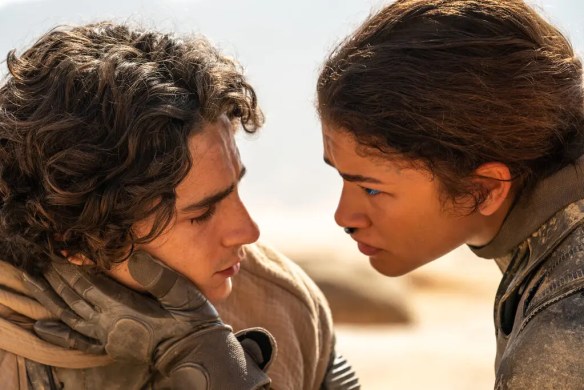In September, we took one of our Midwest driving trips, visited many (23) friends and family along the way, and made several new tourist stops. These included two sites established to commemorate U.S. Presidents who fought for their country: The Eisenhower National Historic Site outside Gettysburg, Pa., and Indiana’s Tippecanoe Battlefield, where President William Henry Harrison made his mark on U.S. military history.

You may wonder why Ike, our 34th President, settled in the rolling hills of rural Pennsylvania. “Hey, wait, wasn’t he born in Texas?” “Didn’t he grow up in Kansas?” You’re right! But, after his presidency, he settled near Gettysburg. His ancestors had lived in Central Pennsylvania, and I believe the park ranger said that, as a child, Ike spent a lot of time there. Also, in retirement, he was still consulting with the government, and the farm was a (relatively) short commute to D.C.
So, that’s why. Now to the what. The farm is a beautiful piece of property and, when the Eisenhowers bought it in 1950, it included a smallish house that had to be rebuilt. More than most historic houses, this one is filled with the Eisenhowers’ own furnishings and decorations (a lot of “Mamie pink”). We saw the sunporch where the couple reportedly ate their dinners on tv trays, watching the evening news (!). The house had generous accommodations for guests, and an office for Ike that couldn’t have been larger than 8’ x 10’. Here, the Supreme Commander of the Allied Expeditionary Forces, who directed the Normandy landings on D-Day, carried out his work, modestly and efficiently.
You can tour the house and grounds, garage (presidential limousine!), barns, and the farm he and his partners established that raised prize-winning Black Angus cattle.
And, if you also want to tour the battlefield while you’re there (which we have done numerous times, not this trip), the downtown Hotel Gettysburg is a lovely spot.

The Tippecanoe Battlefield and Museum is a national historic landmark a little over an hour northwest of Indianapolis. At 96 acres, it’s small (much smaller than Ike’s farm!). On 7 November 1811, a decisive battle occurred there between U.S. forces and the Native American Confederation and a bloody prelude to the War of 1812.
The Americans were led by William Henry Harrison, later elected the ninth U.S. President—the last one born as a British subject. He died of a fever after only one month in office. (We’ve seen his monument outside Cincinnati.)
The Native Americans were a large, multi-tribal community led by the famous Shawnee chief Tecumseh and his younger brother Tenskwatawa, called The Prophet. The brothers, who had seen Natives repeatedly displaced from their homelands to the east, vociferously advocated that they reject European ways and return to a traditional lifestyle.
Tecumseh traveled to the South in 1811 to recruit more allies for the confederation and warned his brother not to attack the encroaching U.S. military forces until he returned. On the fateful day, the Prophet nevertheless ordered a pre-dawn attack. The Natives were defeated, their community destroyed, and their hope of continued settlement in the Great Lakes Region went down with them. In retaliation, Tecumseh sided with the British against the Americans in the War of 1812.
Adjacent to the Battlefield, the Tippecanoe County Historical Association operates a small museum with thoughtful displays that put the battle in context.
Two very different historical sites. Both well worth a visit!

















